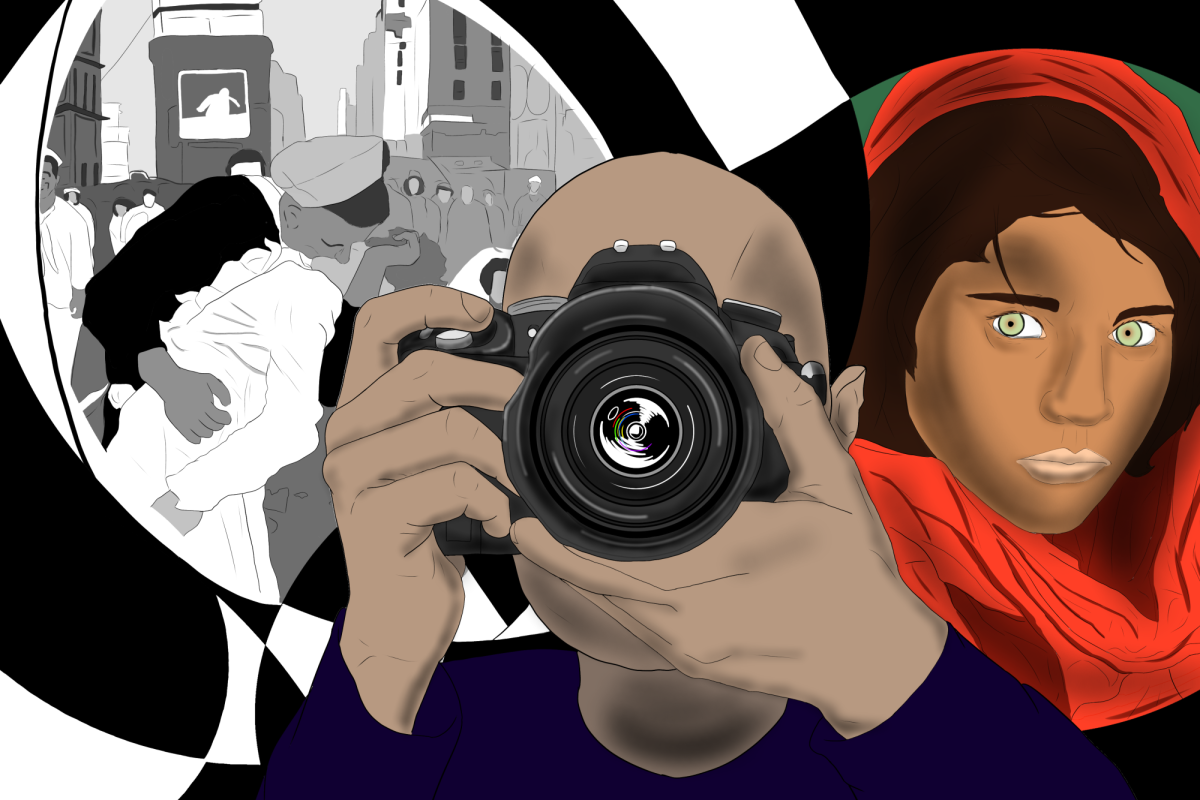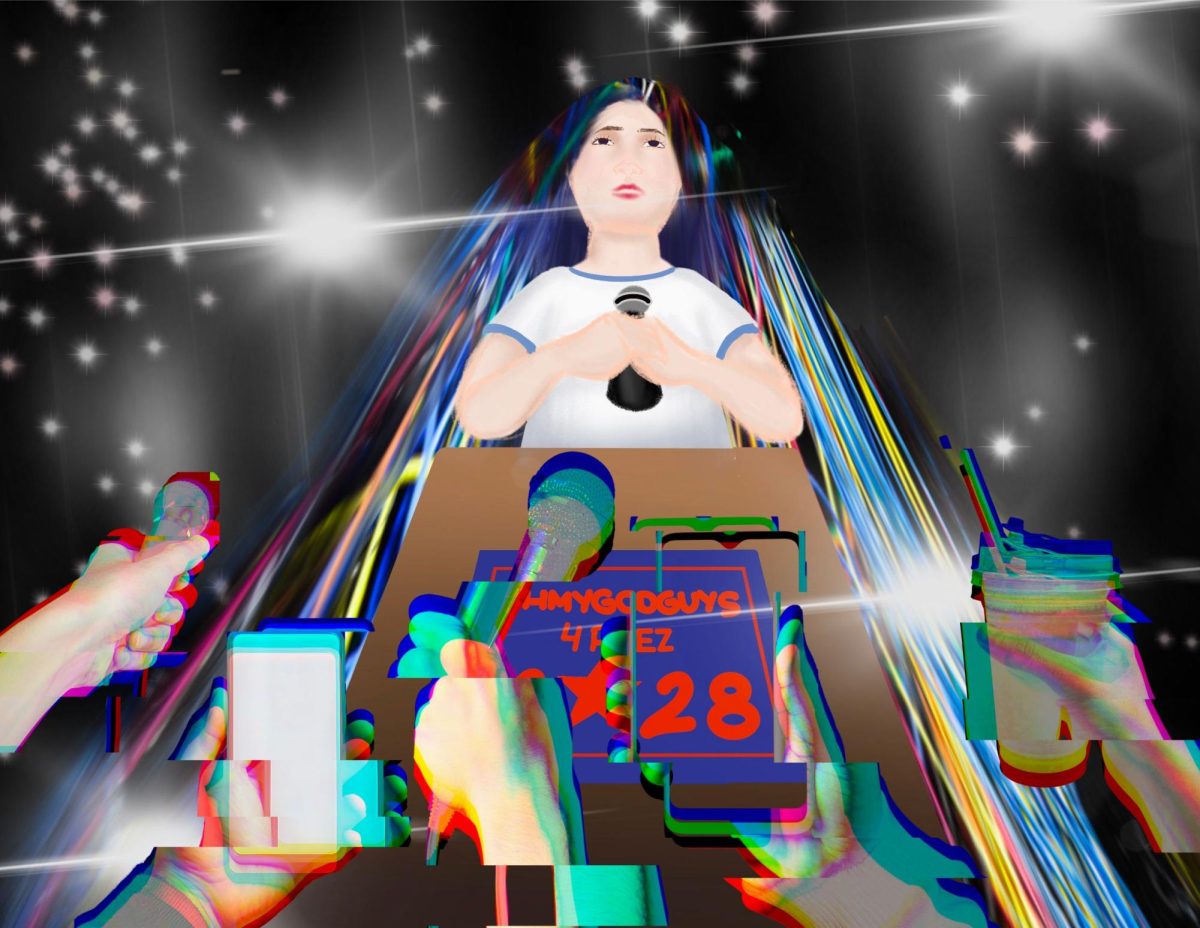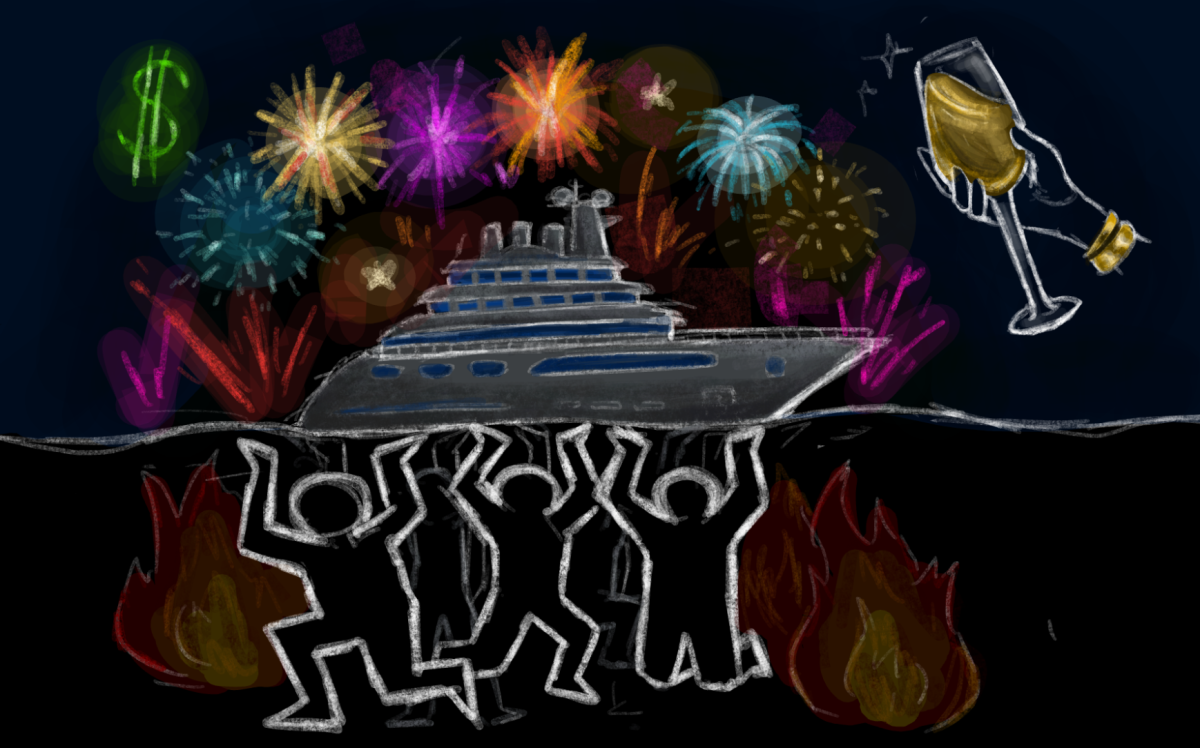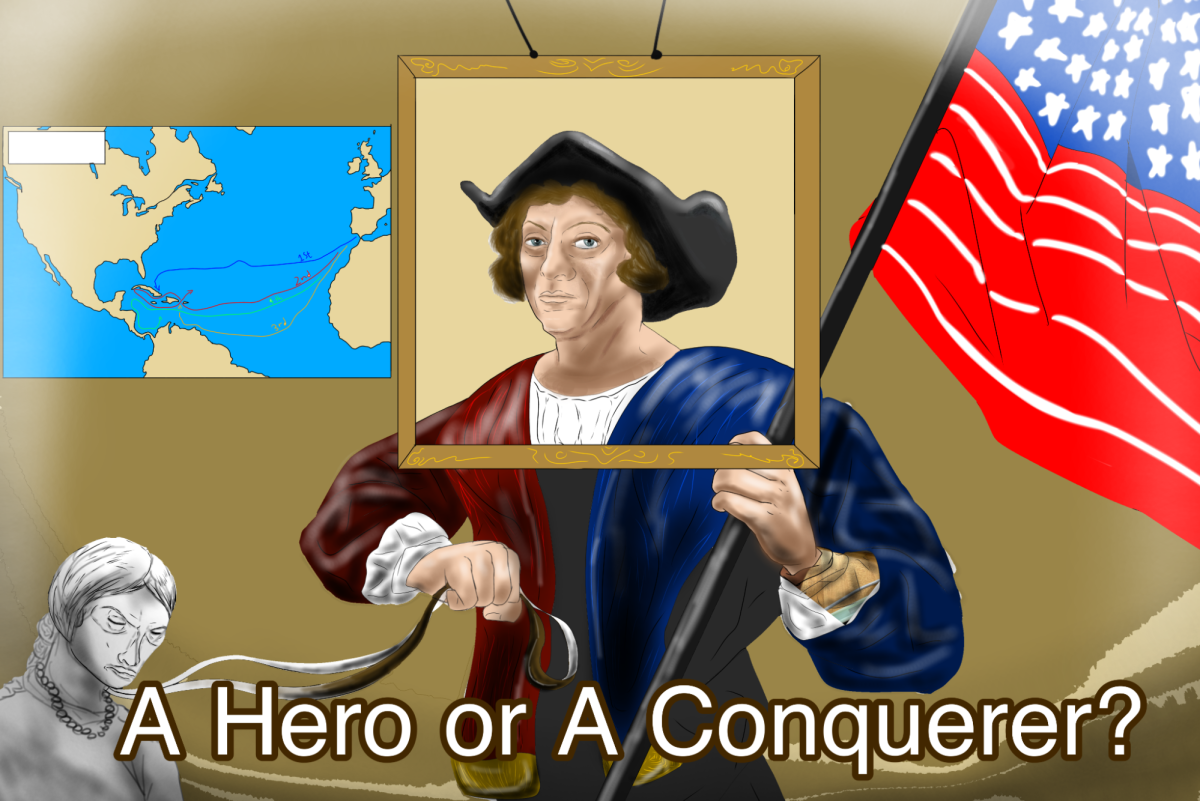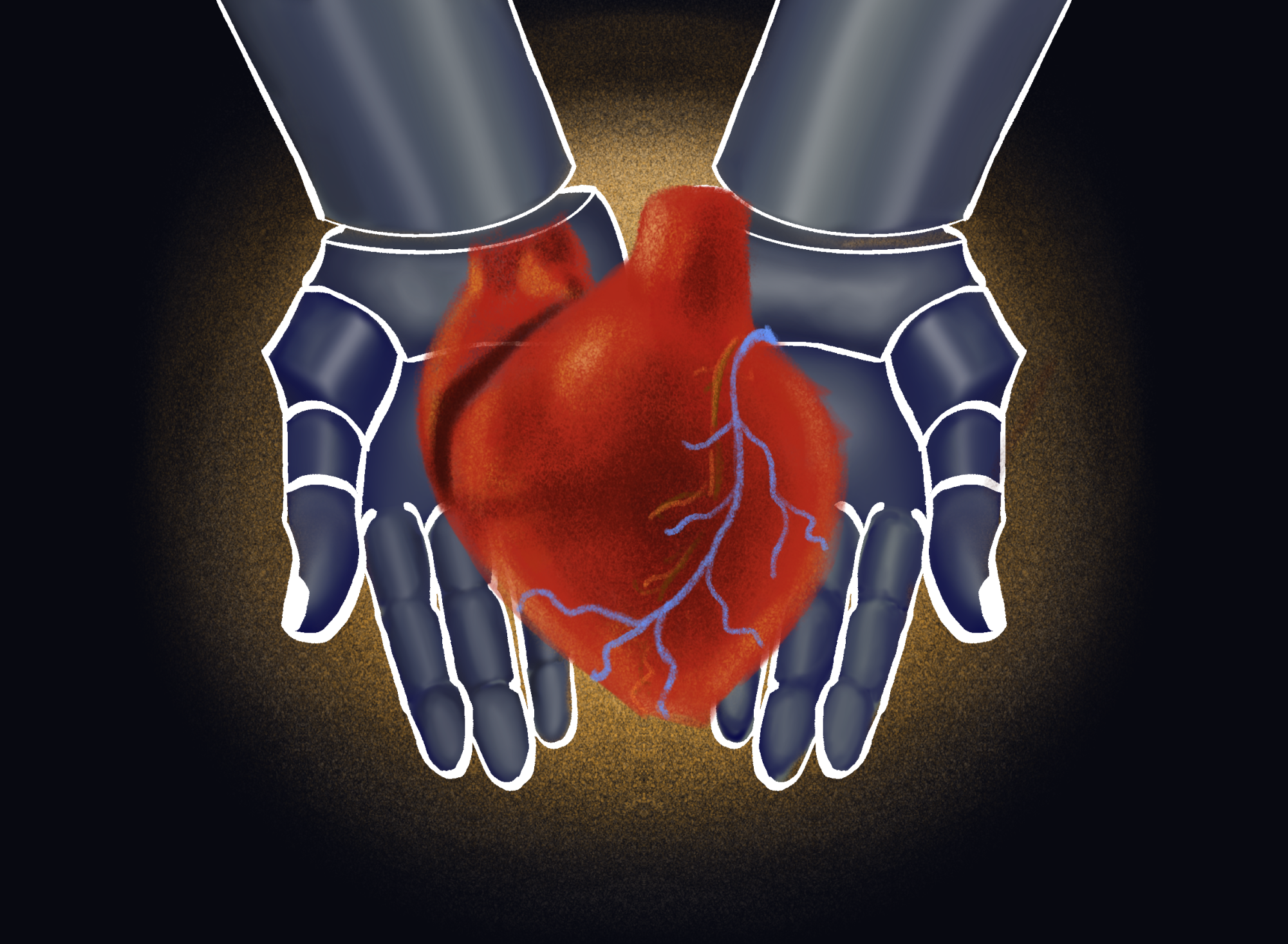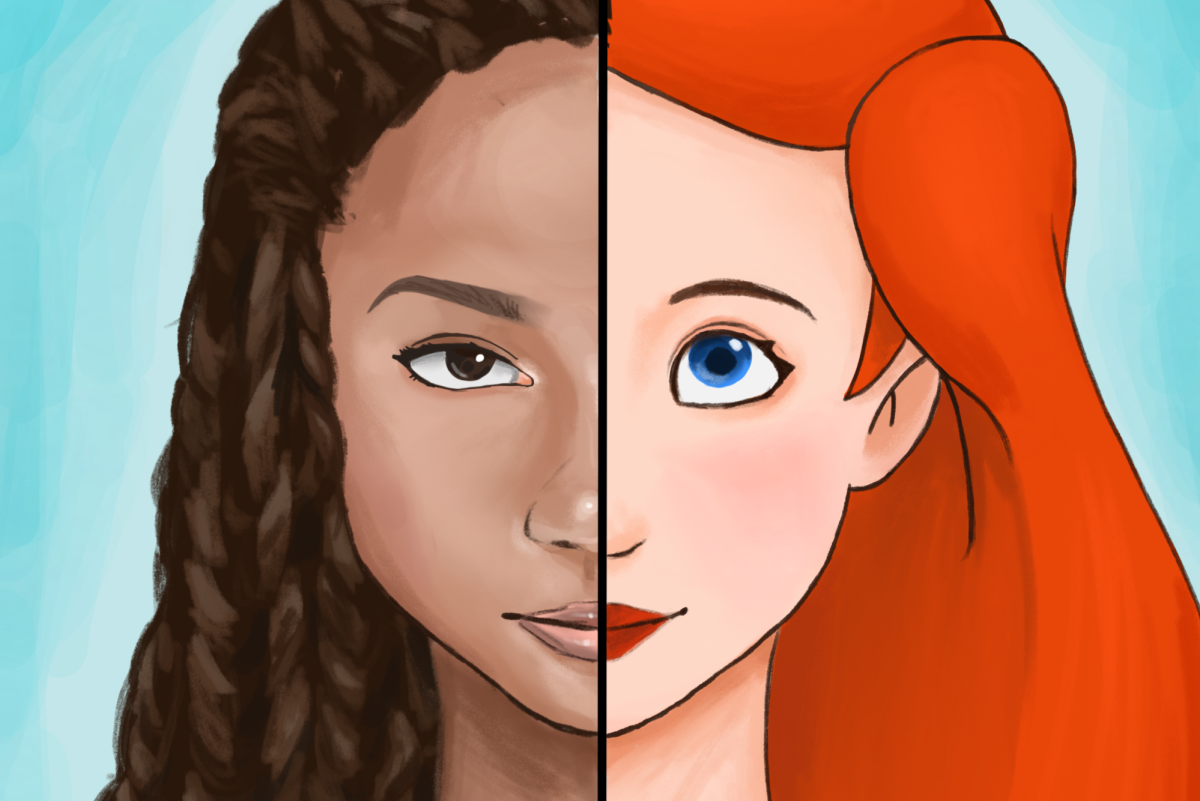Throughout history, photojournalists document the world’s most tragic and intimate moments on camera. Some photographs became well-known because of the way they provoke powerful responses within their viewers. However, some criticize these works and claim that photojournalists invaded their subjects’ privacy during such sensitive moments in history. Two examples include the “Afghan Girl” taken by Steve McCurry in 1984 during the Soviet-Afghan War and the “Napalm Girl” also called “The Terror of War” taken by Nick Ut in 1972 during the Vietnam War. Photojournalists are often criticized for the invasion of privacy of photo subjects, or for their potential ignorance to the privilege they possess to simply be photographing such moments as opposed to living them. Yet, how would the rest of the world ever come to know the realities of the lives of others if someone doesn’t chronicle them? Are photojournalists bystanders or historians?
I believe them to be both, depending upon the moment and the circumstances. I find it inexcusable when a photographer profits from a picture featuring a private moment that was invaded in order to capture a photo. While this is the photographer’s job to some extent, profiting off of the picture includes not only money but also fame. This was the case for the “Afghan Girl.” The girl in the picture, Sharbat Gula, a Pashtun Afghani, was 12 at the time of the picture. She was staying in a refugee camp in Pakistan. As the cover of a 1985 National Geographic issue, the picture became globally renowned, making Gula a famous face. In 2002, in an interview by “The Wire,”, an Indian nonprofit news and opinion website, Gula expressed her anger with the photograph being taken and published without her consent — likely due to the fact that it is not accepted for a traditional Pashtun girl to show her face, make eye contact with or be photographed by a man outside of her family. This is a blatant disregard of culture by McCurry, proof of the entitlement that some photojournalists possess and are simply oblivious to.
A continuation of the cultural and political illiteracy of Westerners includes their privilege of distance to unfortunate events. Many see these kinds of photos on the covers of magazines and articles and simply flip past it with a “How sad … ” Others feel guilty about their distance and inability to help.
A photojournalist has the ability to reduce Western ignorance and guilt. However, as they do so, it is important that they avoid dehumanizing their subjects by focusing only on shock value and neglecting the well-being of the photo subject. By waiting for a less intrusive moment to photograph, or by taking a candid shot, later asking for consent and respecting their answer, photojournalists would already be taking a much more considerate approach. This approach still contributes to documentation of unfortunate events without intervening and damaging journalistic neutrality.
However, how can photojournalists watch these events unfold and simply sit back, watch and photograph them for others who will never be able to comprehend this occurrence? Some photographers may feel guilt, while others only remain focused on capturing the perfect image, neglecting the dignity of their photo subjects.
Photographers must master the art of including both the subtleties and raw truths of an image — the expressions of heartbreak and terror, as well as the smiles and looks of love. This is the only way to provide the public with an image that accurately depicts the events of the world, and allows photographers to build credibility as photojournalists. Some lose credibility when they significantly alter images. An example of this journalistic dishonesty occurred in 1994 when “Time Magazine” altered their cover picture of O.J. Simpson’s mugshot to make him appear darker than his natural skin tone. This was viewed as an attempt to portray him in a more threatening light. This is not only disrespectful to the subject, but it also manipulates the viewers and their responses to the image, an entirely unethical practice.
Despite the criticisms and controversies of photojournalism, there have been times throughout history where photos have inspired the public. “V-J Day in Times Square,” taken by Alfred Eisenstaedt in 1945, displays a United States Navy sailor kissing a stranger upon his return home. This photo sparked a sense of victory and joy within many viewers, both in the post-war world era and today. This image has become nationally renowned, inspiring countless artistic interpretations of the photo using other mediums.
Photojournalists must balance these factors in their work. It is a difficult position to be a photojournalist. Is it your job to share the subject’s emotion in a time of suffering or joy, or do you refrain from invading an intimate moment? Do you betray your values to preserve journalistic objectivity, or is neutrality itself a failure? Both appreciation and resentment for photojournalists will likely persist. As individuals, we can entrust our understanding of the world to people who may abuse their power, or trust them to open our eyes to ideas and circumstances that we would never otherwise be enlightened by. The only way to ensure the latter is to challenge the stereotype of Western ignorance and take our own initiative to expose ourselves to facts of life.


